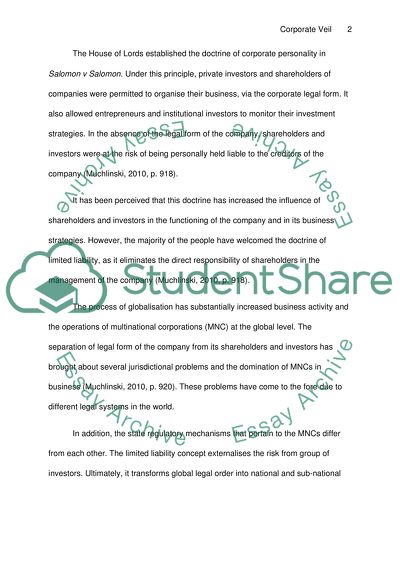Cite this document
(“Piercing the Corporate Veil Essay Example | Topics and Well Written Essays - 2750 words”, n.d.)
Retrieved de https://studentshare.org/law/1395418-piercing-the-corporate-veil
Retrieved de https://studentshare.org/law/1395418-piercing-the-corporate-veil
(Piercing the Corporate Veil Essay Example | Topics and Well Written Essays - 2750 Words)
https://studentshare.org/law/1395418-piercing-the-corporate-veil.
https://studentshare.org/law/1395418-piercing-the-corporate-veil.
“Piercing the Corporate Veil Essay Example | Topics and Well Written Essays - 2750 Words”, n.d. https://studentshare.org/law/1395418-piercing-the-corporate-veil.


